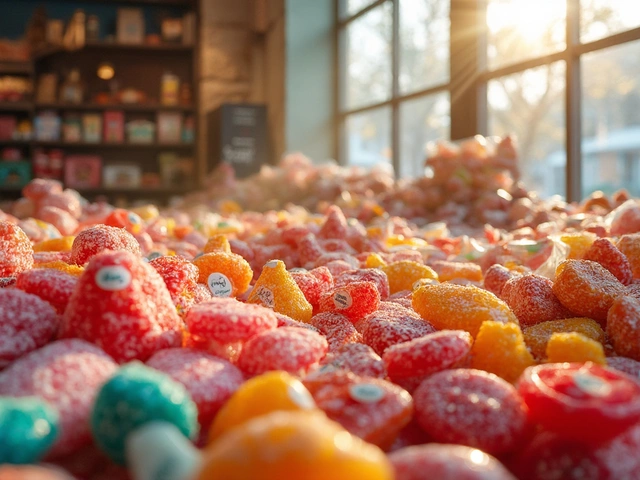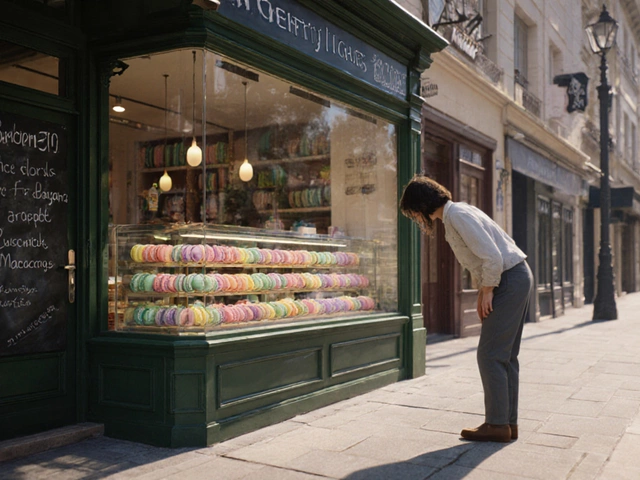Pricing Guide: How to Figure Out Dessert Costs Quickly
If you love sweets but hate surprise bills, a pricing guide is your shortcut. It gives you the numbers you need before you order a cake, buy macarons, or plan a wedding dessert table. Instead of guessing, you can compare prices, spot hidden fees, and decide what fits your budget.
Why a Pricing Guide Matters
Most people only see the headline price on a bakery menu. Behind that, you might have extra charges for custom designs, special ingredients, or delivery. A good pricing guide breaks these items down so you know exactly what you’re paying for. It also shows typical price ranges for different serving sizes, which helps you avoid ordering too much or too little.
Key Factors That Influence Dessert Prices
Ingredient quality is the biggest driver. Premium chocolate, organic flour, or real fruit puree push the cost up. Labor also matters – intricate decorations, layered cakes, or hand‑crafted macarons require more time. Location plays a role too; bakeries in big cities often charge more than those in smaller towns. Finally, seasonal demand can spike prices around holidays or wedding season.
When you read a pricing guide, look for these clues: a note about specialty ingredients, a separate line for decoration fees, and a range that reflects different serving sizes. If the guide includes a “budget version,” you know there’s a simpler alternative that skips fancy extras.
Use the guide to set a realistic budget. Start with the base price, add the estimated extra costs, and then compare it to your total dessert budget. If the math doesn’t add up, you can either cut back on decorations or choose a less expensive flavor.
One common mistake is ordering a cake based only on how it looks in photos. Photos don’t show the hidden fees. A pricing guide often lists the cost per slice or per person, letting you see the true value. For example, a wedding cake that looks stunning might cost $8 per slice, while a simpler design could be $5 per slice. Multiply by your guest count to see the impact.
Another tip is to check multiple guides. Prices vary from bakery to bakery, especially for items like French macarons. One guide might say a dozen costs £15, while another lists £20 for the same quality. Spotting these differences helps you negotiate or find a better deal.
Finally, keep an eye on seasonal sales. Some bakeries release pricing guides early in the year with discounts for bulk orders or off‑peak dates. If your event is flexible, you can save a lot by choosing a less busy day.
In short, a pricing guide is your cheat sheet for dessert spending. It shows you where the money goes, helps you plan portions, and lets you compare options easily. Keep a copy handy when you talk to bakers, and you’ll walk away with a sweet treat that fits your wallet.

Macaron Cost: How Much Does It Really Take to Make Them?
Curious about the real cost of making macarons at home? This article breaks down every expense, from almond flour to electricity, and compares homemade options with store-bought ones. Get tips to save money while baking these colorful treats and find out if making them yourself is really worth it. Learn which ingredients matter most and what equipment affects your budget. Plus, discover some fun facts to help you perfect your batch.
View More




